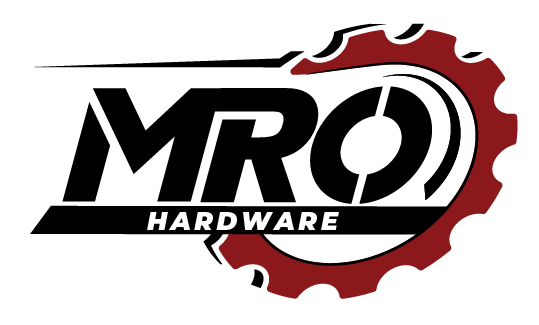Selecting the appropriate caster for your specific application is crucial to enhance mobility and ensure the longevity and efficiency of your mobile equipment. Casters, the unsung heroes of mobility, can be found on everything from office furniture to industrial equipment, each designed to meet diverse operational demands. This article will explore the different types of casters available, distinguish between plate and stem casters, and provide guidance on choosing the right caster for various applications.
Overview of Casters
Casters are wheeled devices typically mounted to the bottom of a larger object to enable easy and controlled movement. There are several types of casters, each designed for different applications:
- Swivel Casters: Allow 360-degree rotation, ideal for applications requiring excellent maneuverability.
- Rigid Casters: Only move forward and backward, suitable for straight-line travel.
- Locking Casters: Include a braking mechanism to hold the caster in place when stability is needed.
Plate Casters vs. Stem Casters
The main difference between plate and stem casters lies in their mounting systems:
- Plate Casters: These casters are attached through a flat mounting plate secured with bolts to the object. They are generally preferred for heavy-duty applications because they distribute weight and stress over a wider surface area, providing enhanced stability and load capacity.
- Stem Casters: These feature a single, central fastening point that fits into a socket or hole on the equipment. Stem casters are typically used for lighter loads and are favored for their ease of installation and the minimal space they occupy.
Finding the Right Caster for Your Project
- Assess Load Capacity: Understand the total weight of the equipment and any additional load it may carry. Each caster should support a portion of this total weight. Opt for casters that can handle more than the calculated requirement per caster to ensure safety and durability.
- Consider Floor Conditions: The type of flooring can significantly affect caster performance. For instance, polyurethane or rubber casters are ideal for delicate surfaces to prevent damage, while harder casters might be better suited for uneven surfaces.
- Environment Factors: Ensure that the materials and design of the casters are suitable for these conditions if they are to be used in environments with particular challenges like high temperatures, chemicals, or moisture.
- Maneuverability Requirements: Decide between swivel and rigid casters based on the required maneuverability. Swivel casters offer more freedom of movement, which is beneficial in tight spaces.
- Mounting Needs: Determine whether plate or stem casters are more appropriate based on the structure of the equipment and the ease of installation required.
Conclusion
Choosing the right caster is essential not only for improving mobility but also for ensuring the safety and efficiency of your operations. By understanding the fundamental differences between the types of casters and considering factors like load capacity, floor conditions, environmental influences, and maneuverability, you can select a caster that perfectly matches your needs. Remember, a well-chosen caster not only makes transportation easier but also extends the life of both your equipment and the floors they traverse.

